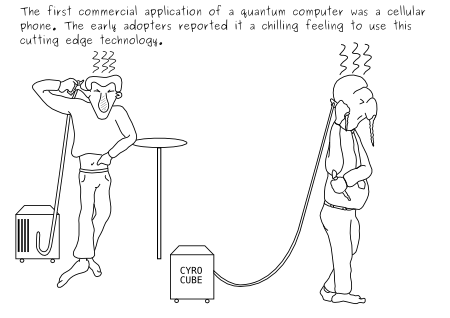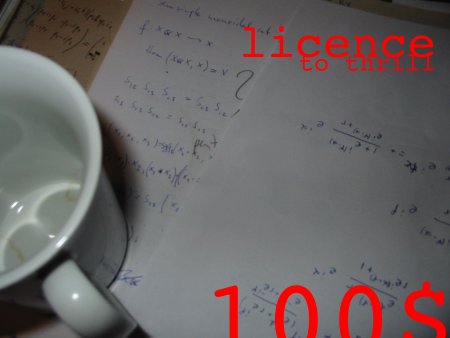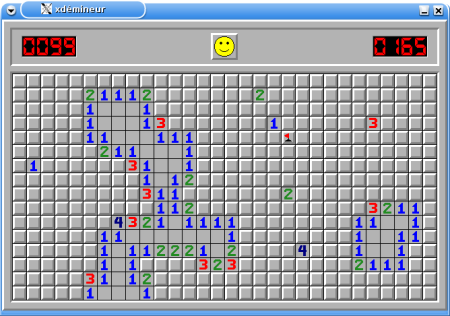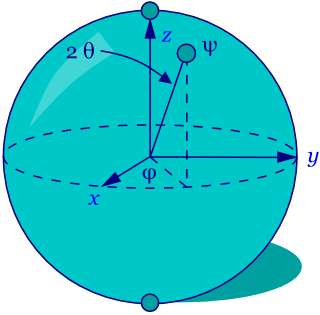February 21st, 2007

Avalokitesvara from Wikipedia
There is currently (german nun =now) a big exibition in Berlin about the art of Tibet. The objects in this exhibition are mostly from tibetan monasteries. Unfortunately the exhibition ends in around the 1940’s so that one cannot see much of the further development of this fascinating culture like in particular the multicultural influences from China and India.
-> A youtube video (for which the Berlin Anti-Kitsch police will kill me) of the 1000 armed Kwan-yin (note: I don’t know wether the performance is related to the tibetan Chenrezig/Avalokitesvara it just looks similar)
posted by nad | art and design, berlin, dance, perception, Uncategorized | No Comments »
February 20th, 2007
…well, I’ve tried. But others do better and even a lot better: Like this working LEGO Harpsichord. We already noted that one can do serious things with lego bricks, but using the capes of the lego minifigures to cushion the dampers adds a new quality.
This dulcimer works as well but looks less fashionable.
posted by timh | music, Uncategorized | No Comments »
February 19th, 2007

A suburb of Munich in the seventies
There is currently something like a “Plattenbaunostalghia” in Berlin, which manifests itself in Plattenbau-esthetics-designed clubs or things like this Plattenbauquartett available everywhere in Berlin-Mitte. Last not least there are still some eastgerman Plattenbaus even in Berlin Mitte.
While the east german Plattenbaubuildings built in the 70/80ties actually rather meant a social upgrade at that time, their west german analogs (in Berlin-West this is Gropiusstadt and the Maerkische Viertel) were intended to provide cheap living spaces.
If these kind of quarters are badly connected to public transport then either the explosive social mixture of the seventies is still prevalent or they become the victim of the shrinking cities phenomenom (see also ping mag). Likewise east german Plattenbaubuildings in rather remote locations experienced a social devaluation. Besides the bad connection to the inner city, one reason for the devaluation is of course that these buildings are badly built. You can hear almost every word of your neighbours and you better do not practise a music instrument.
Someone I know gave me the above old seventies view from her childhood appartment and chatted a bit about kid-gangs at that time. Luckily there was a public library which was her refuge. She said: This kind of environment is supposed to make you tough.
posted by nad | architecture | 2 Comments »
February 19th, 2007
posted by nad | games, math, software | 1 Comment »
February 18th, 2007
 …when they finally managed to get the cooling for those quantum computers portable… (image © timh)
…when they finally managed to get the cooling for those quantum computers portable… (image © timh)After all the hype with the iphone (or whatever its name is / was / will be) one has to look for the next gen smartphone hype. A candidate could be a cellular powered by a quantum computer. However if you look for something to adopt in the near future the linux smart phone Neo1973 might be something for you.
posted by timh | communication, physics | No Comments »
February 16th, 2007

(nice
caustics in a used cup)
Unfortunately I couldnt find the article of a german math professor (in I think it was the DMV Mitteilungen) who was decribing a patent trial in which he was an expert. Although in his view the patent in the trial basically described the Gauss-Newton Algorithm it was still issued.
This is one of the reasons, why software patents are absurd. Most parts of a software are simply speaking pure mathematics. So issuing software patents means more or less to try “to patent mathematics” – i.e. patenting a discipline which had been living for centuries on the free exchange of ideas. No mathematician would claim that the use of a published result would be a “theft of intellectual property”, if he/she is cited correctly. Mathematics is precious but free.
Another reason, why patenting software is absurd is that this actually rather obstructs technological progress – e.g. see the example of the patent discussions about the mpeg standard. Software patents are bad for open source projects and likewise for small to midsize companies, who do not have the money to fight for patent rights. And a lot of sofar issued patents are just ridiculous.
For these or similar reasons the german business community patentfrei.de is now also supported by the Open Source Automation Development Lab (OSADL) and the patentverein in their protest against the European Patent Litigation Agreement (EPLA) which is seen as a problem concerning software patents and which will be under investigation on monday by the EU council for competetiveness. Unfortunately the german minister for justice seems to be in favour for the EPLA.
via heise news
->sign the petition against software patents



 …when they finally managed to get the cooling for those quantum computers portable… (image © timh)
…when they finally managed to get the cooling for those quantum computers portable… (image © timh)
